Honey is a natural product made by Apis mellifica bees from flower nectar. It not only has an excellent taste, but also strengthens and nourishes the human body. Its production is a long-term, labor-intensive process, so the high price of good honey should not surprise you.
Natural honey

Carefully studying the chemical composition of real honey, we can draw a simple conclusion: this product is good for health. Why? It contains simple sugars (glucose and fructose), proteins, enzymes (inhibin), organic acids, essential oils, vitamins and dyes. 100 g of this product contains about 5 mg of calcium, 16 mg of phosphorus, 0.9 mg of iron, 5 mg of magnesium and vanadium, molybdenum, nickel, fluorine, boron, cobalt, barium, palladium, tungsten, aluminum, zinc, tin and others trace elements. It contains vitamins A, B2, C, PP, globulin and albumin. Organic acids are responsible for the taste of honey, and essential oils are responsible for its aroma. It has a wide range of colors: from white to cream, from yellow to brown and even greenish. Light varieties are delicate in taste. The darker the product, the greater the sharpness and spiciness of the taste.
Crystallization and bottling date
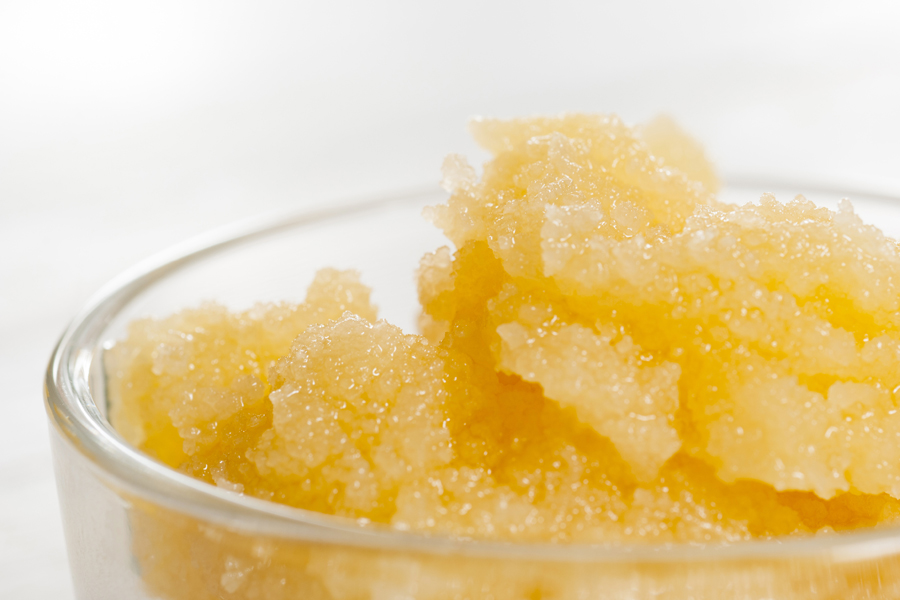
Fresh, real apiary honey has a viscous, thick, but still liquid consistency. Any sort of this product should crystallize after some time, which is proof of its naturalness.
The speed of this process depends on the type of honey. Most of its species should crystallize after 3-4 months from the date of bottling. Rapeseed crystallizes most quickly - from the third day of bottling, and the longest time - with acacia (the crystallization process lasts up to 12 months).
How to buy a natural product?
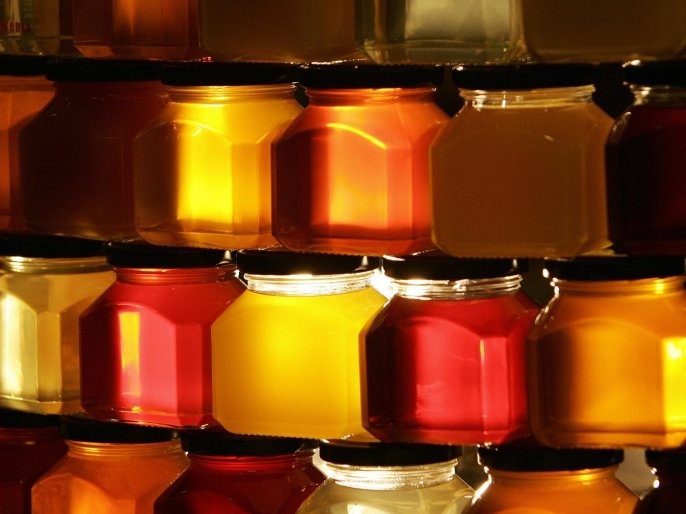
When buying honey, it is advisable to choose natural, because only it contains biologically active ingredients that are valuable to health in the form of enzymes, antioxidants, organic acids, vitamins and minerals. Artificial is useless in this regard because it contains only sucrose. On the shelves of stores there is a wide variety of these products. Consider how to determine good honey on the label and the characteristic qualities of a natural product in a jar. To do this, pay attention to the following points:
- Origin - the label of this product should contain information about where it comes from. Beware of products that have a description: “A mixture of honey from countries outside the EU.” This means that you are probably dealing with an artificial product from China. It is better to choose a Russian manufacturer.
- Price is a certain indicator. Good honey, unfortunately, is an expensive food product. If the price for it is extremely low, do not choose a product: most likely, this is a fake.
- Name - only a product can be called honey, which is a natural sweet substance produced by Apis mellifica bees from plant nectar. The name “honey” should not be changed, and terms like “honey as natural” are also unacceptable. The names "bee honey", "natural honey", etc. are allowed. Pay attention to the label "artificial". Manufacturers are smart and usually indicate this information in small print at the very bottom of the product label. If you have vision problems, do not forget about glasses.
- Appearance - if the product is natural, it should crystallize (described above). The first sign of crystallization is its slight turbidity. This is not a sign of poor or poor quality, but a confirmation of its naturalness. Crystallized or semi-crystallized product is useful, it can be safely removed from the shelf, bought and used in home dishes.
- Consistency - good honey should be thick. This is easily verified by turning the can. If the product moves freely in a glass jar, you can be sure that it is fake.
The best varieties of honey
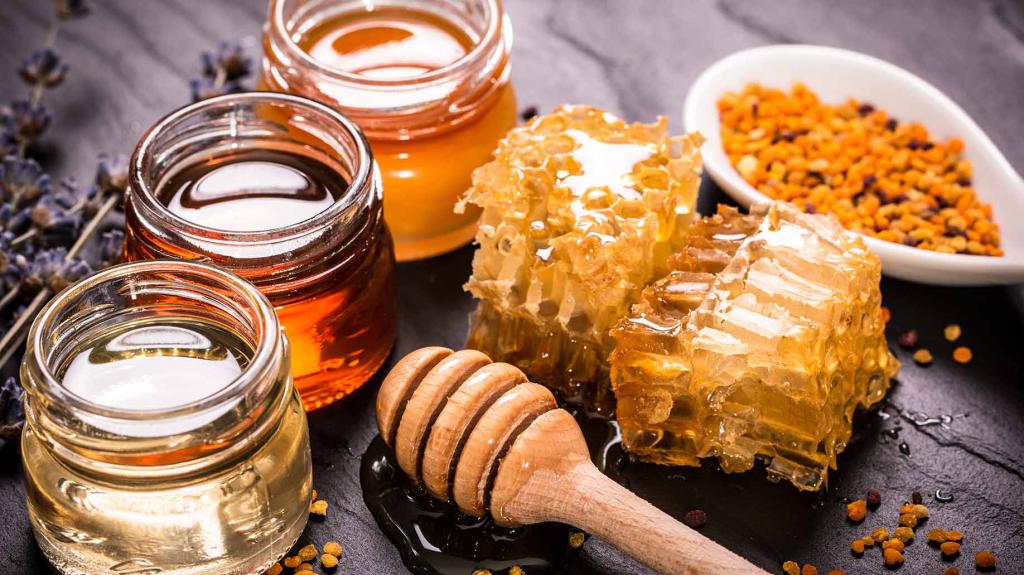
The properties of honey depend mainly on what plants the bees collect nectar and pollen from. So, the most popular varieties of this product are:
- Buckwheat. Promotes bone cell reconstruction, strengthens the immune system. Accelerates wound healing and bone growth. Due to the high content of rutin, a vascular cleansing agent, it is recommended for atherosclerosis, coronary heart disease and hypertension. It is also used for inflammation of the kidneys, impaired memory, treatment of glaucoma, impaired vision and hearing. What does buckwheat honey look like? It is most often dark or brown. It has a characteristic aroma and spicy taste. His bees are made from buckwheat flowers. If you compare it with light varieties, then it contains 2 times more trace elements and amino acids, which means it is the most useful.
- Lime. In the liquid state, light yellow, sometimes amber with a greenish tint. The smell resembles linden flowers. The taste is spicy, sometimes with a slight bitterness. It has antiseptic, antispasmodic, diaphoretic, antipyretic, expectorant and soothing effect. It helps treat flu, colds, coughs, acute and chronic illnesses, tonsillitis, sinusitis, and airway inflammation. Recommended for diseases of the urinary tract and neurosis. It is characterized by high antibiotic activity.
- Acacia. In liquid state it has a bright yellow color. It is characterized by antibiotic activity. It is useful in the treatment of stomach ulcers, duodenal ulcers, mucositis and spastic conditions of the small and large intestines. Recommended for hypersensitivity of the digestive system. With peptic ulcer accelerates tissue regeneration, restoration of the mucous membrane. Gently relieves internal anxiety, helps to fall asleep, strengthens a tired, exhausted body. Due to its high fructose content, it can be used in some types of diabetes.
- Heather. It has brown and red color. Good honey from heather crystallizes quite quickly, acquiring a jelly-like consistency in orange or dark brown. It is not too sweet, it has a pleasant smell of heather. It is recommended for diseases of the urinary tract, prostate gland, nephrolithiasis, as well as for inflammation of the intestines and diarrhea. It increases the body's resistance and protects against the development of infections.
- Chestnut. It is characterized by a dark color, a thick consistency and a pleasant bitterness in the taste. This variety crystallizes quite slowly. It has a high antibiotic activity. Recommended for diseases of the urinary tract, useful in the treatment of influenza, colds and diarrhea. It is delivered to the regions of Russia from Altai, Kuban and Adygea.
- Sainfoin. It is distinguished by exceptional transparency and a light amber tint, a moderately sweet taste and an unusually pleasant smell. Its crystallization is slow, while it becomes white. This is a valuable product, as it is rich in trace elements, vitamins and biologically active substances. It contains carotene, ascorbic acid and valuable enzymes. This is a good honey for those who want to strengthen their body, calm the nervous system.
- Donnikovy. This variety with a slight vanilla aroma has a light amber bright color, and upon crystallization it becomes even lighter or yellow. It contains coumarin, which lowers blood pressure. Honey has a calming and hypnotic effect. It is recommended for heart neurosis and other diseases of the heart and blood vessels. Prevents degeneration of the heart muscle in atherosclerosis and thrombophlebitis. It affects the reduction of blood coagulability, lowers blood pressure and has anticoagulant activity. It is recommended as an antispasmodic for coronary heart disease and coronary thrombosis. You can also recommend it for insomnia, migraine, neuralgia and menopause.
Which honey is better for colds?

Since ancient times, honey has been known as an effective way to fight colds.
Its consumption is recommended to increase immunity throughout the year, especially in the autumn-winter period. It is also worth taking the product during a viral infection, because it reduces fever, sore throat and cough.
The most useful for the prevention of colds are varieties with a large amount of propolis and bee pollen. Propolis protects bees in the hive against bacteria, viruses, fungi and mold, and bee pollen - vitamin concentrate. The best for strengthening immunity is linden, buckwheat, acacia honey.
Remember that you can’t add it to hot tea, as it loses all its healing properties. The maximum temperature, which does not harm the useful substances of the product, is 40 degrees.
How to recognize authenticity using home methods?
At home, it is difficult to check whether we bought a good or bad, low-quality product. But there are some methods that show how real honey should be:
- The simplest method described above is the fact of crystallization. Often in stores in January you can find, for example, linden honey in a completely liquid state (despite the fact that it should crystallize 3-4 months after bottling). This indicates its fake. Sometimes the reason for such a consistency of a product is the fact that it was heated by manufacturers and lost its best properties.
- Liquid honey poured with a spoon forms a convex funnel on the surface. This is because the real product must have the correct density.
- Natural honey, poured into a glass of water, flows in an even stream, settles to the bottom and slowly dissolves. Artificial dissolves quickly and evenly.
- A 1 liter container should weigh 1.4 kg.
Fake or defective product
The most common method of falsifying honey is to feed the bees with sugar syrup, which increases the yield from the hive. Too high a sucrose content indicates fake honey, but its quantity can only be checked in the laboratory. Bees that feed on sugar syrup produce a product that has a whitish color, no floral aroma and no distinctive taste. In addition, it does not have the healing and nutritional properties of natural honey.
How to store the product?
Many people do not know where it is better to store honey so that it retains its nutritional value for as long as possible. The product should be kept in a cool and dry place (at temperatures up to 18 ° C), as well as without direct sunlight. Sun rays negatively affect its beneficial properties, as well as high temperature.
Contraindications
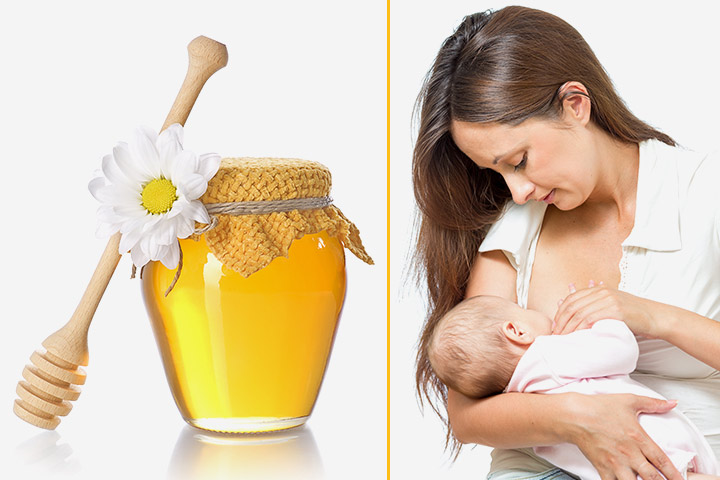
In addition to the numerous medicinal properties of honey, there are also contraindications to its consumption. It can cause allergies in children and adults. Most often, an allergic reaction to honey appears in people who are allergic to pollen from flowers, trees, herbs. Symptoms of allergies to this product are dermatological, gastric, and less commonly appear from the respiratory system.
It should not be given to children in the first year of life, because this entails the risk of botulism. Symptoms of childhood botulism include constipation, lack of appetite, drowsiness, weakness of the sucking reflex, in the most severe cases there is a violation and respiratory arrest. Adults have completely formed intestinal microflora, which protects them from poisoning by C. Botulinum spores. Their content in honey can be from 4 to 20%.
The product should be limited or completely excluded in people with fructose malabsorption. Honey in their case can cause diarrhea.
Where is the best place to buy?
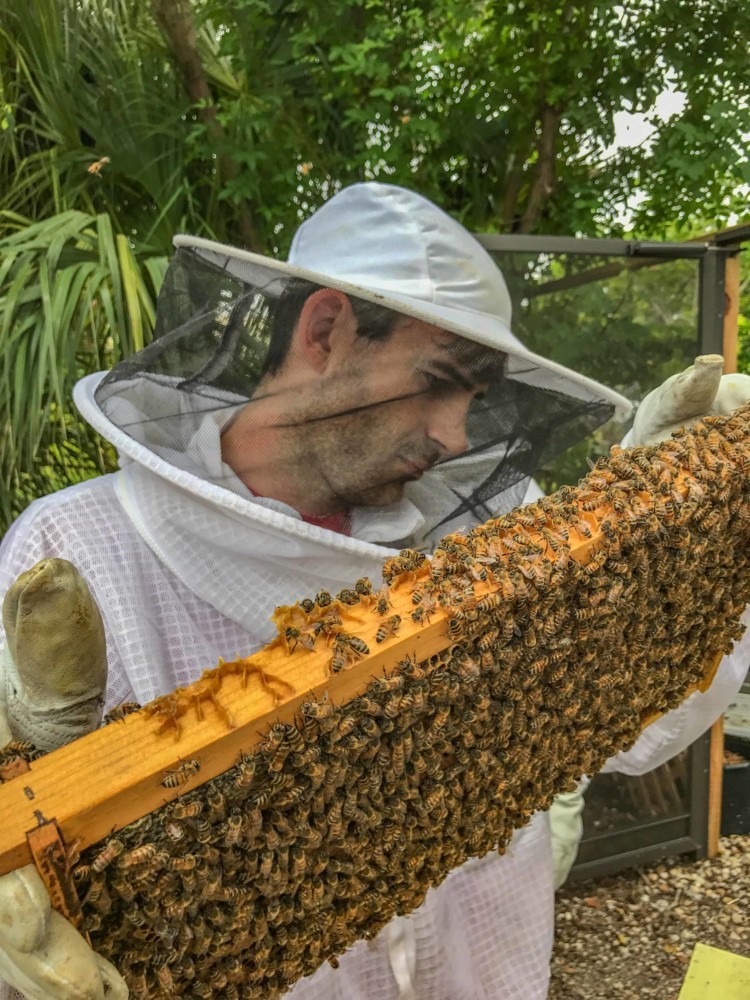
It is best to buy beekeeping products directly at a small reliable apiary. Good quality Russian honey can be easily bought online. Then you can find more information about the types of product and manufacturer.
At grocery stores, you can also buy good honey if you can recognize certified organic products.
Great caution should be exercised when buying a product from sellers on the roads and in individual markets (you do not know how long it has been exposed to sunlight).
Now you know which honey is better to choose and how to distinguish a natural product from a fake one.